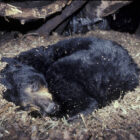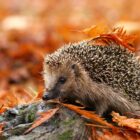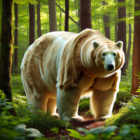Spring and Animals: the Great Awakening
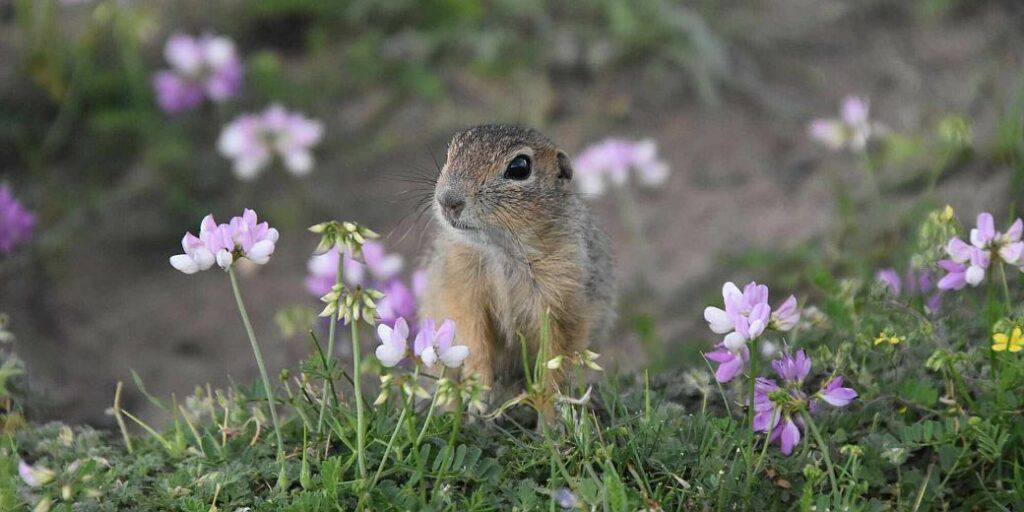
As winter’s icy grip loosens its hold and the days grow longer, a magical transformation begins to unfold in the natural world. Spring, a season of rebirth and renewal, heralds the awakening of animals from their winter slumber.
Hibernators Emerge from Dormancy
The Majestic Return of Bears
Bears, celebrated symbols of strength and endurance, are quintessential hibernators. As winter blankets the landscape, these creatures seek refuge in dens, entering a state of torpor where their metabolic rates plummet, and they survive on stored fat reserves. However, as the first whispers of spring fill the air, bears begin to stir. Emerging from their dens, sometimes with adorable cubs in tow, they embark on a journey in search of sustenance.
Ground Squirrels: Masters of Subterranean Survival
In a different but equally remarkable display of adaptation, ground squirrels engage in a form of hibernation known as “torpor“. These small mammals, including species like the Arctic ground squirrel and the thirteen-lined ground squirrel, retreat to burrows that provide insulation from the harsh winter conditions.
During this period, their heart rates drop dramatically, and their body temperature decreases, allowing them to conserve energy. When spring arrives, and the Earth warms, these diligent diggers emerge, their sleek fur glistening in the sunlight. Their awakening marks the beginning of a season of frenetic activity as they forage for fresh vegetation and engage in the crucial tasks of reproduction.
Bats: Spring Awakening
Bats also undergo a form of hibernation known as “torpor”. Huddled together in secluded roosts, bats experience a slowed metabolic rate, enabling them to survive the scarcity of insects during winter. With the arrival of spring, these aerial acrobats awaken, their wings once again cutting through the night sky in search of insects. Their emergence not only contributes to the control of insect populations but also adds a mystical dimension to the evening skies.
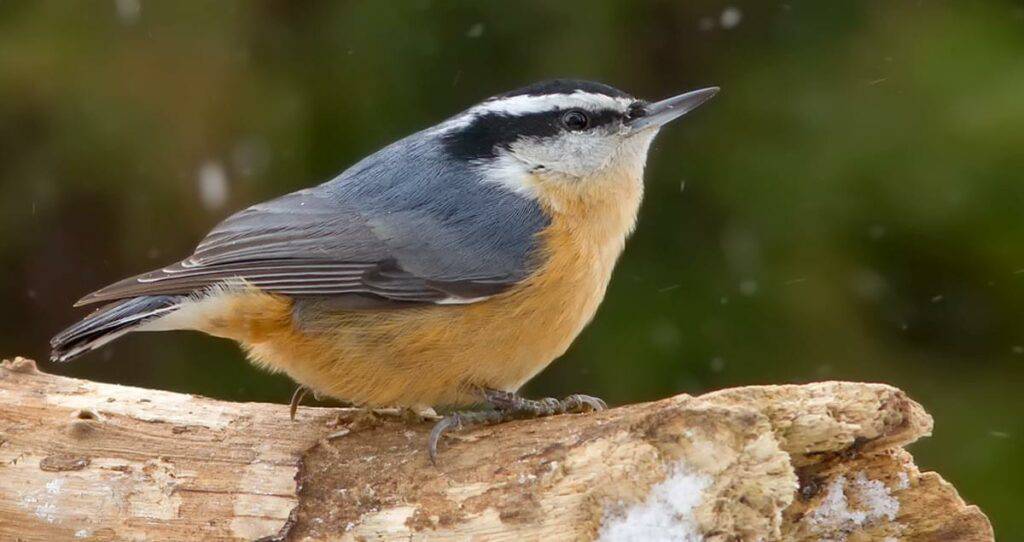
Avian Awakening: Migratory Marvels
The arrival of spring marks a triumphant return for many bird species that have undertaken incredible journeys during the winter months. Migratory birds, true marvels of navigation and endurance, embark on epic voyages, covering thousands of miles to reach their breeding grounds. The air is alive with the vibrant hues of feathers and the melodious symphony of songs as these avian travelers reclaim their territories and engage in the intricate dance of courtship.
American Robin
One of the quintessential signs of spring in North America is the return of the American Robin (Turdus migratorius). These familiar thrushes, having spent the winter in warmer regions, make their way back to northern latitudes to breed. The sighting of these robust, red-breasted birds foraging for earthworms and insects on lawns and in gardens is a nostalgic harbinger of the changing seasons.
Swallows and Swifts
Swifts and swallows, with their graceful flight and aerial acrobatics, are among the first to announce the arrival of spring. Barn Swallows (Hirundo rustica), recognized by their distinctive forked tails, return to nesting sites in barns and under eaves, their chattering calls filling the air. Tree Swallows (Tachycineta bicolor) and Purple Martins (Progne subis) are also known migrants that bring with them an abundance of avian energy and activity.
Canada Geese and Mallards
Wetlands and lakes come alive with the return of waterfowl, creating a spectacle of elegance and beauty. Canada Geese (Branta canadensis), with their characteristic honks, form impressive V-shaped formations as they migrate north. Mallards (Anas platyrhynchos), the quintessential dabbling ducks, grace ponds and water bodies, engaging in intricate displays of courtship that culminate in the establishment of nesting territories.
Birds of Prey
Birds of prey, including hawks, eagles, and ospreys, ride the thermals back to their breeding territories. The majestic Bald Eagle (Haliaeetus leucocephalus), a symbol of strength and resilience, returns to nesting sites, often located near bodies of water where they can find an abundance of fish. Haunting cries of Red-tailed Hawks (Buteo jamaicensis) echo through the skies as they perform their spectacular courtship displays.
The Resilience of Songbirds
Songbirds, with their vibrant plumage and melodious calls, are the true poets of spring. Warblers, such as the colorful Blackburnian Warbler (Setophaga fusca) and the Black-and-White Warbler (Mniotilta varia), navigate vast distances to breed in North American forests. Their intricate songs and dazzling displays add an extra layer of enchantment to the springtime landscape.
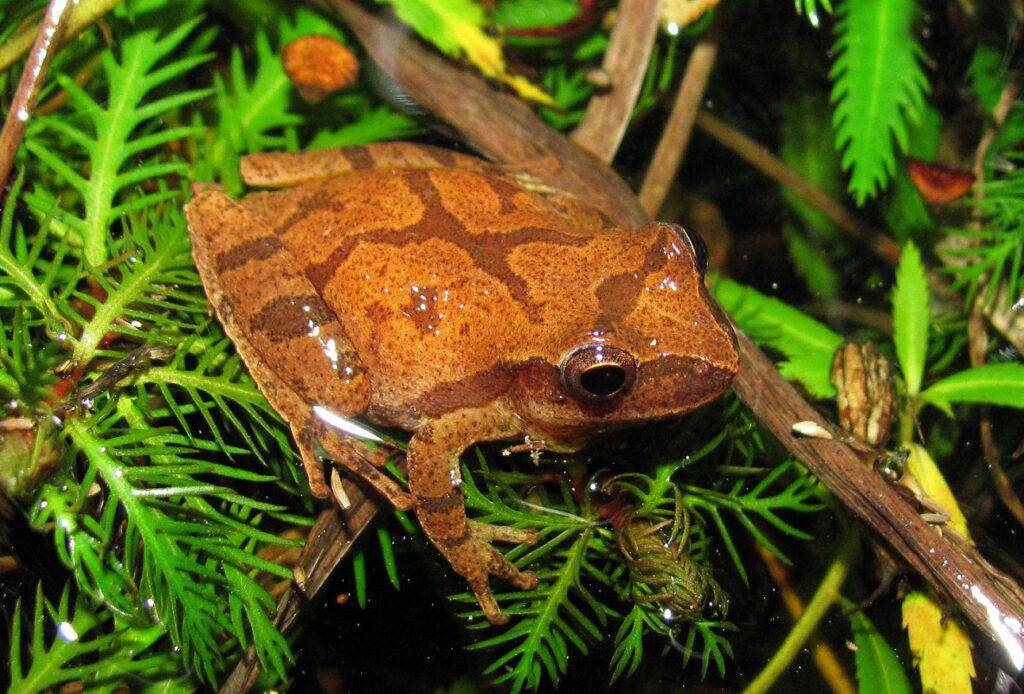
Amphibians and Reptiles
Amphibians, with their remarkable ability to transition between aquatic and terrestrial environments, play a crucial role in maintaining the delicate balance of ecosystems. As the temperatures rise and the first buds appear on trees, these captivating creatures emerge from their winter hideaways, ready to engage in the ancient rituals that define their existence.
Spring Peepers
One of the most enchanting and emblematic sounds of spring is the chorus of spring peepers. These tiny tree frogs, belonging to the Hylidae family, create a harmonious melody that fills the air with a distinctive peeping sound. Their vocalizations, often resembling the tinkling of sleigh bells, serve as a call to potential mates, marking the beginning of the breeding season.
Salamanders’ Secretive Emergence
While spring peepers steal the spotlight, salamanders, another group of fascinating amphibians, quietly emerge from their winter refuges. Known for their secretive nature, salamanders are often found in damp woodlands, under logs, and in leaf litter. As temperatures rise and the ground becomes more hospitable, these creatures venture out in search of breeding sites.
Tadpoles and Metamorphosis
The successful mating of amphibians gives rise to the next generation in the form of tadpoles. These aquatic larvae undergo a remarkable process of metamorphosis during spring season, transforming from limbless, gilled creatures into fully formed adults with lungs and limbs. The emergence of tadpoles marks a vital stage in the life cycle of amphibians, bridging the gap between aquatic and terrestrial habitats.
Snakes: Slithering Back to Life
Slithering out of their winter hideouts, snakes become more active as temperatures rise, awakening from a state called “brumation”. Garter snakes, often the first to emerge, engage in courtship rituals and mating dances. While some species give live birth, others deposit eggs in carefully chosen locations. The warming spring environment provides an optimal backdrop for the reawakening of these legless wonders.
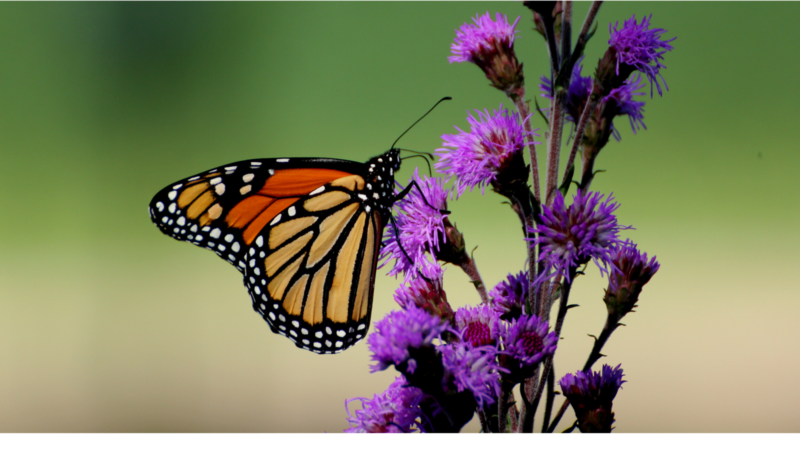
Buzzing Back to Life: Insects and Pollinators
Spring marks the reawakening of insects and pollinators, bringing vibrancy to the landscape and playing a pivotal role in the delicate dance of biodiversity.
Bees: Nature’s Buzzing Architects
The hum of bees becomes a distinctive soundtrack in the springtime symphony. Honeybees, bumblebees, and solitary bees emerge from their hives and nests, ready to embark on their vital mission of pollination. With remarkable precision, they navigate from bloom to bloom, collecting nectar and transferring pollen, ensuring the reproduction of flowering plants. The intricate relationship between flowers and bees is a prime example of mutualistic symbiosis, where both parties benefit.
Butterflies: Ephemeral Beauties in Flight
Graceful butterflies, with their delicate wings and vibrant hues, grace the spring skies. Emerging from chrysalises and overwintering sites, these ephemeral beauties flit from flower to flower, sipping nectar and inadvertently carrying pollen on their delicate bodies. The Monarch butterfly, known for its remarkable migratory journeys, adds a touch of wonder to the springtime landscape as it embarks on its northward flight.
Ladybugs: Harbingers of Luck and Garden Guardians
Ladybugs, or lady beetles, make a charming return to the scene as temperatures rise. These tiny beetles, often adorned with bright spots on their wings, are not only a delight to behold but also valuable garden allies. Feeding on aphids and other garden pests, ladybugs play a crucial role in maintaining ecological balance. Their reappearance signifies the natural pest control that occurs in gardens during the spring awakening.
Hoverflies: Mimics with a Purpose
Hoverflies, often mistaken for bees or wasps due to their mimicry, are important pollinators in their own right. With their distinctive hovering flight patterns, they visit flowers to feed on nectar and contribute to pollination. Beyond their role as pollinators, hoverfly larvae play a beneficial role in controlling aphid populations, showcasing the multifaceted contributions of these industrious insects.
Beetles: Diverse Pollinators in the Garden
While bees and butterflies take the spotlight, beetles quietly contribute to pollination as well. Some beetles are attracted to flowers with strong scents and bright colors, while others are drawn to plants that produce copious amounts of pollen. Their diverse feeding habits and behaviors make them valuable contributors to the intricate web of pollination, adding another layer to the rich tapestry of spring awakening.
Moths: Nocturnal Pollinators in the Moonlight
While butterflies capture the daytime spotlight, moths take on the role of nocturnal pollinators. Attracted to moonlit flowers and sweet-scented blooms, moths play a vital role in pollination during the night. Their less flashy, yet equally important, contributions showcase the diversity of pollinators active during the spring season.
Springtime Awakening in the Oceans
While the terrestrial world undergoes its annual transformation in spring, the oceans, vast and mysterious, also experience a profound awakening. Beneath the surface of the waves, marine life engages in a series of extraordinary behaviors that mirror the terrestrial realm’s celebration of life and renewal.
Whales on the Move
Spring marks a significant period for many whale species, as they embark on epic migrations in search of food and suitable breeding grounds. Humpback whales, known for their majestic breaches and haunting songs, undertake some of the longest migrations of any marine mammal. These giants of the ocean travel from their feeding grounds in polar regions to warmer waters near the equator, where they engage in mating and give birth to their calves.
Sea Turtles
On sandy shores around the world, the emergence of spring signals a crucial period for sea turtles. These ancient mariners, having spent the winter in the depths of the ocean, return to their natal beaches for nesting. The rhythmic digging of nests and the deposition of eggs are poignant moments that symbolize the continuation of life in the marine ecosystem.
Once the eggs are laid and carefully covered with sand, female sea turtles return to the sea, leaving their offspring to the whims of nature. The subsequent hatching of the eggs, often timed to coincide with the warmth of spring, unleashes a wave of tiny hatchlings scrambling towards the ocean, navigating the sandy terrain and predatory challenges to begin their life’s aquatic journey.
The Dance of Plankton and Ocean Currents
On a microscopic scale, the awakening of the oceans is also manifested in the intricate dance of plankton. These tiny organisms, crucial to the marine food web, experience blooms during the spring months. The increase in sunlight and warmer temperatures triggers a surge in phytoplankton, the primary producers of the ocean, initiating a cascade effect throughout the marine ecosystem.
Migration and Spawning
Beyond the charismatic whales and sea turtles, numerous fish species engage in migrations and spawning events during the spring season. Schools of fish, such as herring and anchovies, move along coastlines, creating feeding frenzies for predators like seals, dolphins, and seabirds. Coral reefs, often considered the rainforests of the sea, witness spectacular mass spawning events, where corals release their gametes into the water, contributing to the genetic diversity and resilience of these fragile ecosystems.


